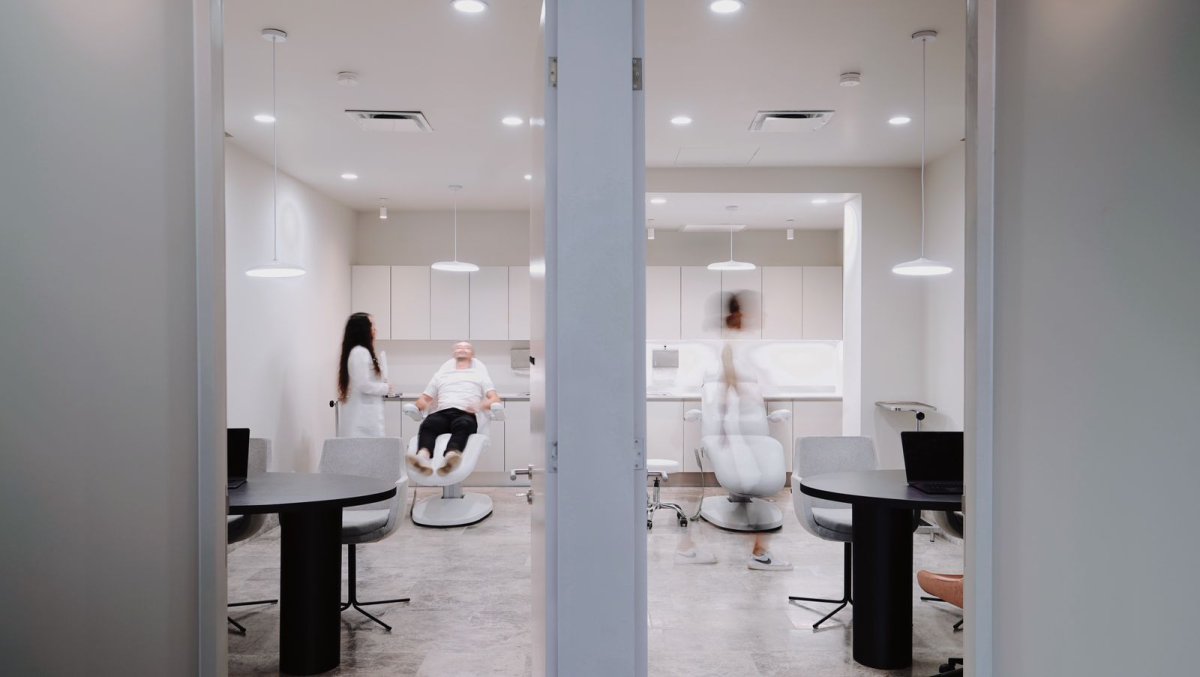The cost of jaw shaping in Mexico typically ranges from $4,000 to $7,000. Prices can vary depending on the clinic, the surgeon’s expertise, the complexity of the reshaping (such as reduction, augmentation, or contouring), and whether the procedure is surgical or non-surgical. In the United States, jaw shaping averages around $15,000 (per ASPS). This means jaw shaping in Mexico is about 63% less than in the U.S.
Mexican clinics usually include pre-op evaluation, anesthesia, the surgical procedure, medications, and basic follow-up visits in the price. In the U.S., the surgeon’s fee, anesthesia, facility use, and post-op care are often billed separately. Always confirm with your clinic what’s included in your package.

